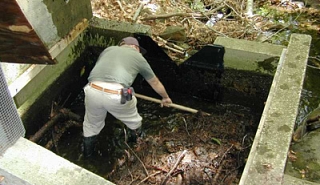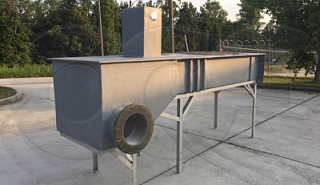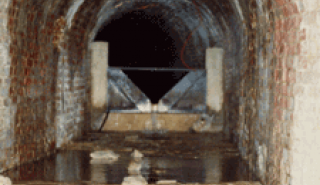Monitoring surface waters presents a unique set of problems not encountered when measuring sanitary or industrial discharges. Chief among these is vegetative matter and the need for flume maintenance.
Even flumes that pass solids and debris well can experience flow channelization or clogging if the amount of debris is large enough or occurs quickly enough.
Flumes types that otherwise pass solids and debris well may experience problems. In particular HS and H type flumes - or really any flume - with small throat openings or which experience very low flows can experience problems.
Considerations During Spring
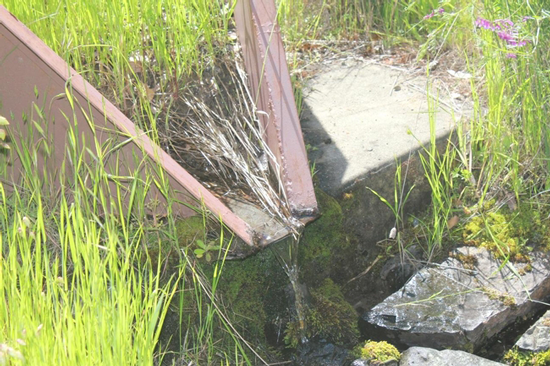
For many regions, flows during winter tend to be lower than those during other times of the year.
As a result, it is not uncommon to experience sedimentation uptream or (or in) a flume. During spring as dormant seeds and shoots begin to grow, they can serve to choak off the flow entering a flume.
Considerations During Fall
In heavily wooded areas, leaves can be a particular problem.
The problem is two fold: leaves can be large and they can enter the flow stream all at once.
As leaves enter the flow stream, branches and the occasional tree limb usually accompany them. These branches and limbs serve as impromptu bar screens with wet leaves collecting on and around them.
As the mass of vegetative matter moves through along the waterway, the size can grow to where it no longer passes through the throat of the flume – clogging it and creating a pool of water upstream. If the clog is severe enough, the upstream water level may rise to the point where it overtop the sidewalls of the flume or channel.
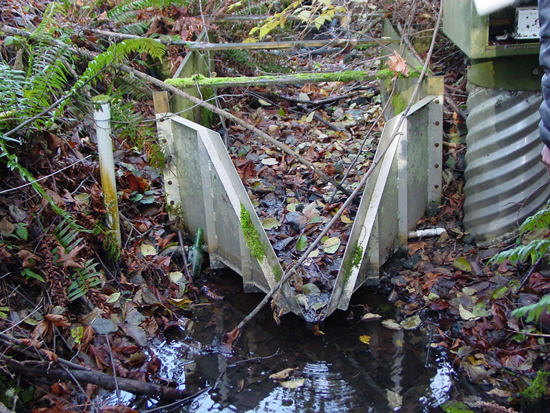
Depending upon the location of the installation, periodic maintenance may be needed during periods of high growth (spring) and as a region enters dormancy (fall).
Images: Agricultre and Natural Resources, University of California, State of Washington Department of Ecology


